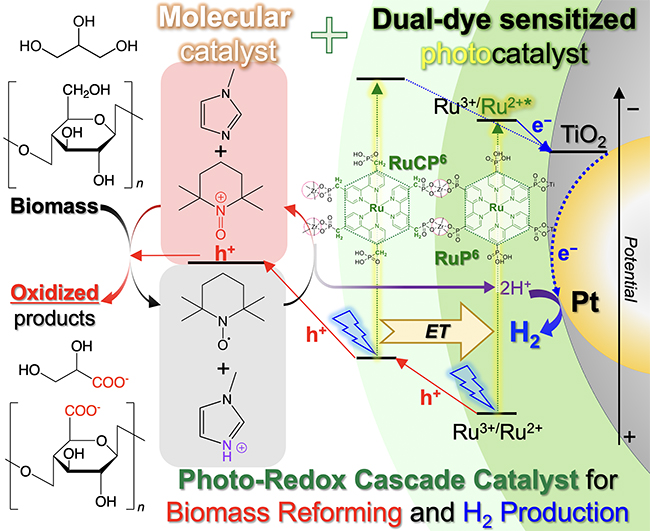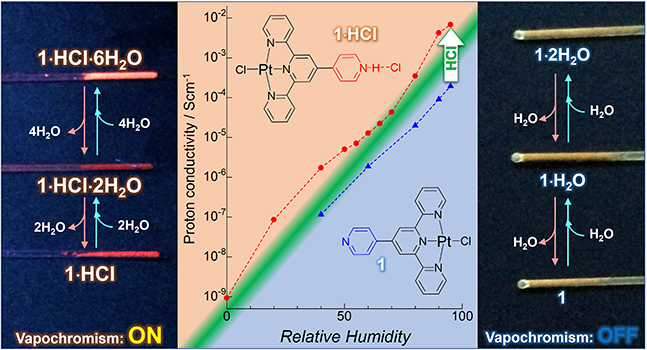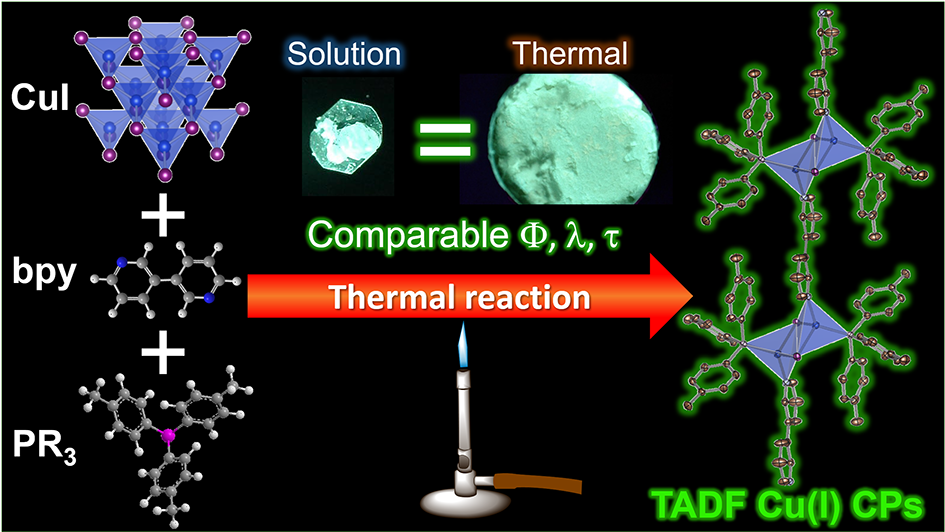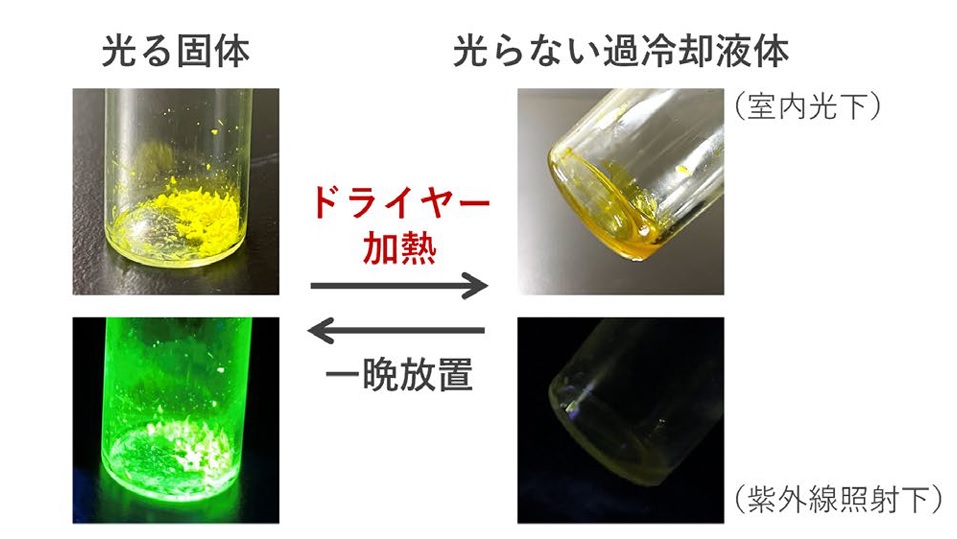KOBAYASHI Atsushi
Associate Professor
Metal + Ligand = ∞
Department of Chemistry, Inorganic and Analytical Chemistry

| Theme | Development of artificial photosynthetic devices based on metal complex modules |
| Field | Coordination Chemistry, Photochemistry, Solid state physics, Surface and interfacial chemistry |
| Keyword | Metal complexes, Nanomaterials, Artificial photoshynthesis, Organic light emitting diodes, Solar cell, Fuel cell, Catalysis, Sensors, Molecular devices |
Introduction of Research
Water splitting by solar light, (so called artificial photosynthesis), can obtain clean energy hydrogen without environmental polutants. Metal complexes are promising materials that may realize artificial photosynthesis because their absorption wavelength, oxidation and reduction potentials can be modified widely. Our challenges are to create highly active artificial photosynthetic devices by precisely controlling the molecular arrangement of metal complexes with various functions.
There are many invisible things in our environment. For example, liquid water is visible, but it becomes invisible when it becomes vapor. Certain metal complexes exhibit "chromism" that recognizes specific stimuli (light, temperature, pressure, vapor, etc.) and simultaneously changes the color. In other words, it is possible to "visualize" invisible dangerous vapor or gas as the color change. We are now trying to develop new materials that can be utilized as intelligent sensors by precisely controlling the molecular structure and molecular arrangement of metal complexes.
Representative Achievements
Related industries
| Academic degree | Ph. D. |
| Self Introduction | I am enjoying our challenging research (like artificial photosynthesis) together with laboratory students. Recent my hobby is cooking that may be similar to chemistry. |
| Academic background | 2001 BSc, University of Tsukuba 2003 MSc, University of Tsukuba 2006 Ph.D., Kyushu University 2006 Postdoc in Kyushu University 2006 Visiting researcher, The University of Sydney, Australia 2007 Assistant Professor, Hokkaido University 2012 Visiting researcher, University of Rochester, USA 2012-2016 JST PRESTO Researcher 2013 Lecturer, Hokkaido University 2014-present Associate Professor, Hokkaido University |
| Affiliated academic society | The Chemical Society of Japan, Japan Society of Coordination Chemistry, The Japanese Photochemistry Association, Japan Society for Molecular Science |
| Project | ENEOS Hydrogen Trust Fund JST PRESTO |
| Room address | Faculty of Science 5-06 |






